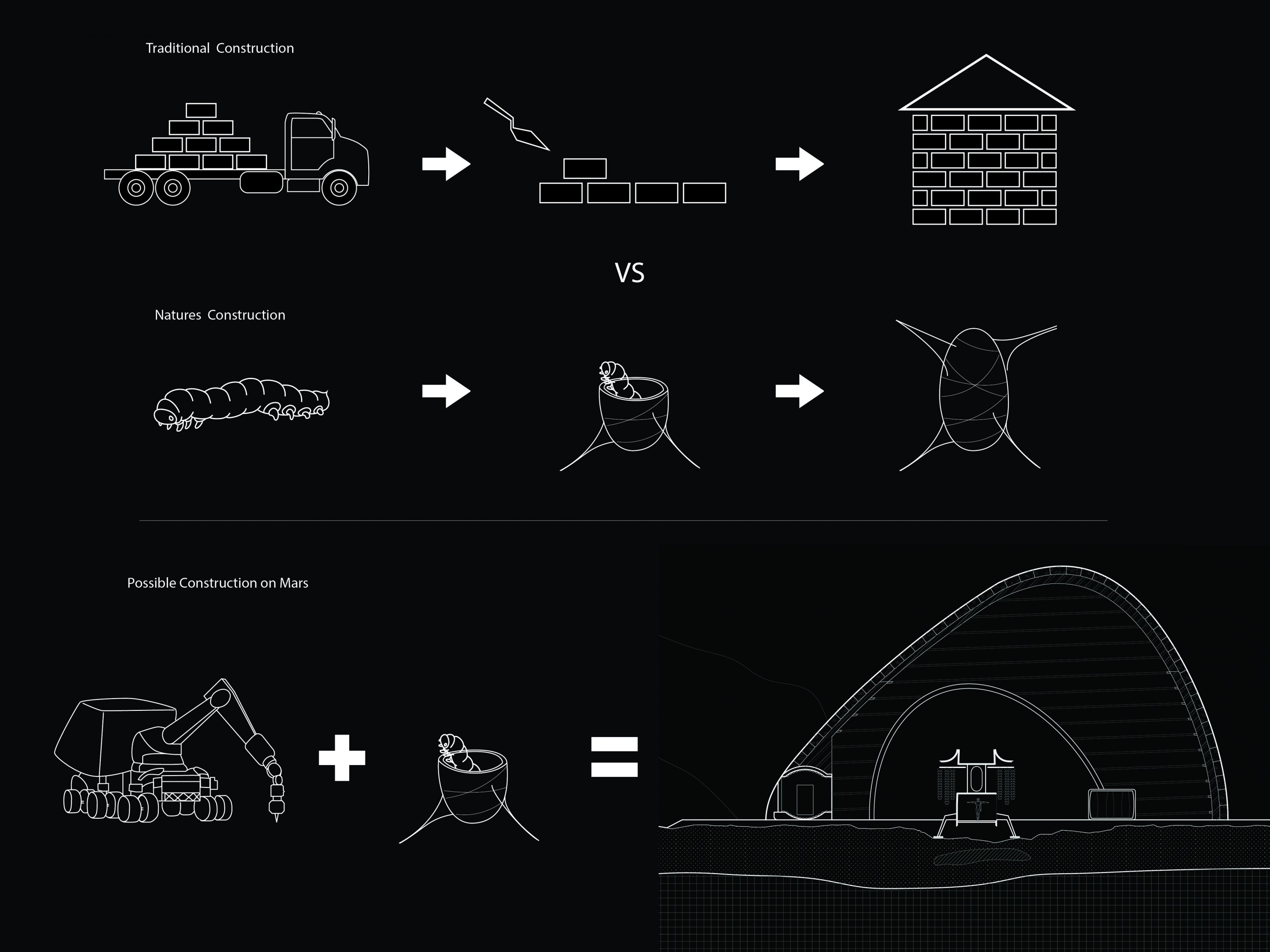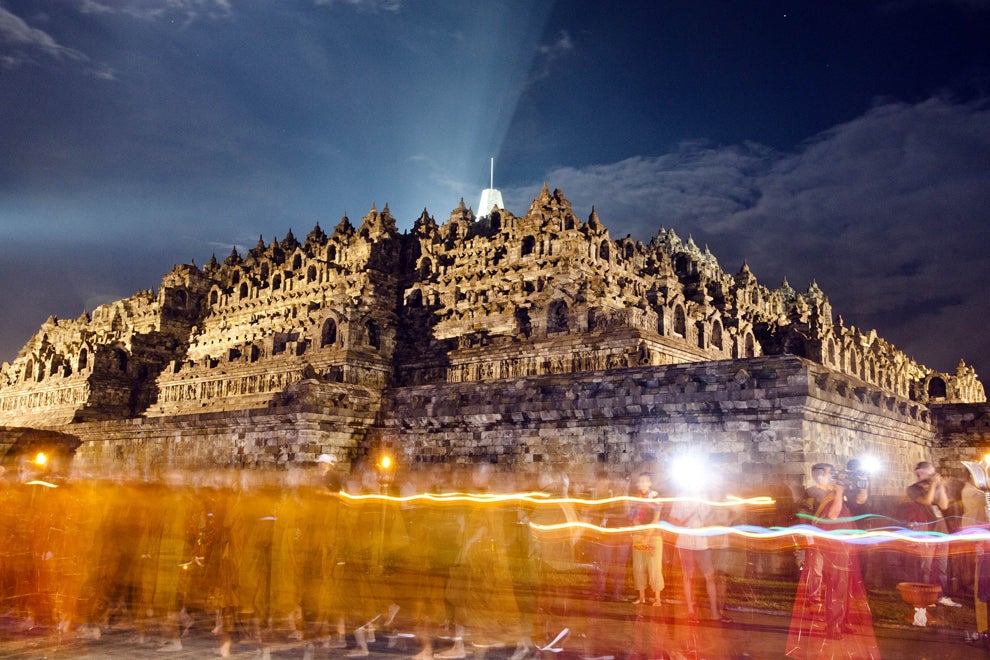The Three Minute Thesis (3MT) competition asks University of Waterloo research-based master's students to have 1 static slide and 3 minutes to explain the breadth and significance of their research to a non-specialist audience.
Congratulations to Waterloo Architecture students who placed in the Architecture faculty heats on Friday March 3.
1st place - Christopher Chan
2nd place - Georgiana Nicoara
3rd place - Anne Sewell
Christopher Chan will go on to compete in the university final competition on Thursday, March 23, 2017 at 3:00 pm in the Theatre of the Arts, Modern Languages (ML) building. Attend the final competition.
The
Ontario
Provincial
3MT
will
take
place
on
April
12,
2017
at
the CIGI
campus.
FIRST
PLACE
-
Christopher
Chan

My thesis looks at investigating how bio inspired materials can be used as an alternate form of construction technique on Mars. Our current methods of construction involve large amounts of manufacturing energy and transportation in order to create our buildings. This method is likely not going to be the future of architecture on Mars, due to the fact that cost of transporting materials to Mars is untimely and expensive. Therefore, I am looking at how a bio inspired approach might be paired alongside additive manufacturing techniques, like 3D printing, in order to grow architecture with in situ materials. For instance, we could take the model that a silk worm uses. This tiny worm is able to spin a sophisticated 3D cocoon houses from protein fibers it makes itself. Ultimately the research conducted through material investigations, will help inform a design proposal unlike much of what we see in our science fiction today.
SECOND PLACE - Georgiana Nicoara

Ifansasti, Ulet. "Indonesia Commemorates Birth Of Buddah." Digital image. Getty Images. May 17, 2011. Accessed March 6, 2017.
The
Borobudur
Temple
is
where
2
million
Buddhists
from
around
Indonesia
gather
to
practice
and
to
celebrate
the
life
of
Buddha.
It
holds
a spiritual
importance
to
practicing
monks
as
they
have
an
innate
understanding
of
the
space because
they
pursue
the
practices
that
the
temple
lends
itself
to
and
in
return are
able
to
reach
higher
states
of
consciousness. To
develop
a
better
understanding
of
the
physical
space
of
spirituality
and
our
involvement
in
it,
this
thesis
analyzes
the
Buddhist
architecture
of
the
Borobudur
Temple
through
the
relationship
between
the
space,
the
practice,
and
the
affect.
The
space
involves
the
physical,
social
and
mental
environment.
The
practice
consists
of
the
voluntary
repetition
of
interaction,
such
as
rituals
with
the
temple
and
the
affect
is
the
resulting
effects,
physically,
mentally
and
consciously.
When
architects
have
the
proper
knowledge,
they
can
design
buildings
that
lend
themselves
to
our
rituals,
in
turn
allowing
us
to
engage
with
the
architecture
to
create
more
meaningful
existence.
THIRD
PLACE
- Anne
Sewell

Through the design of a non-formal learning network using information and communication technology (ICT), access to education can be increased in rural areas where current schooling infrastructure fails to provide education for all due to socio-economic constraints or physical location. Positioned throughout these remote communities, learning nodes of different scales will incorporate spaces catering to local practices, ICT, and improved essential infrastructure, such as water and sanitation.